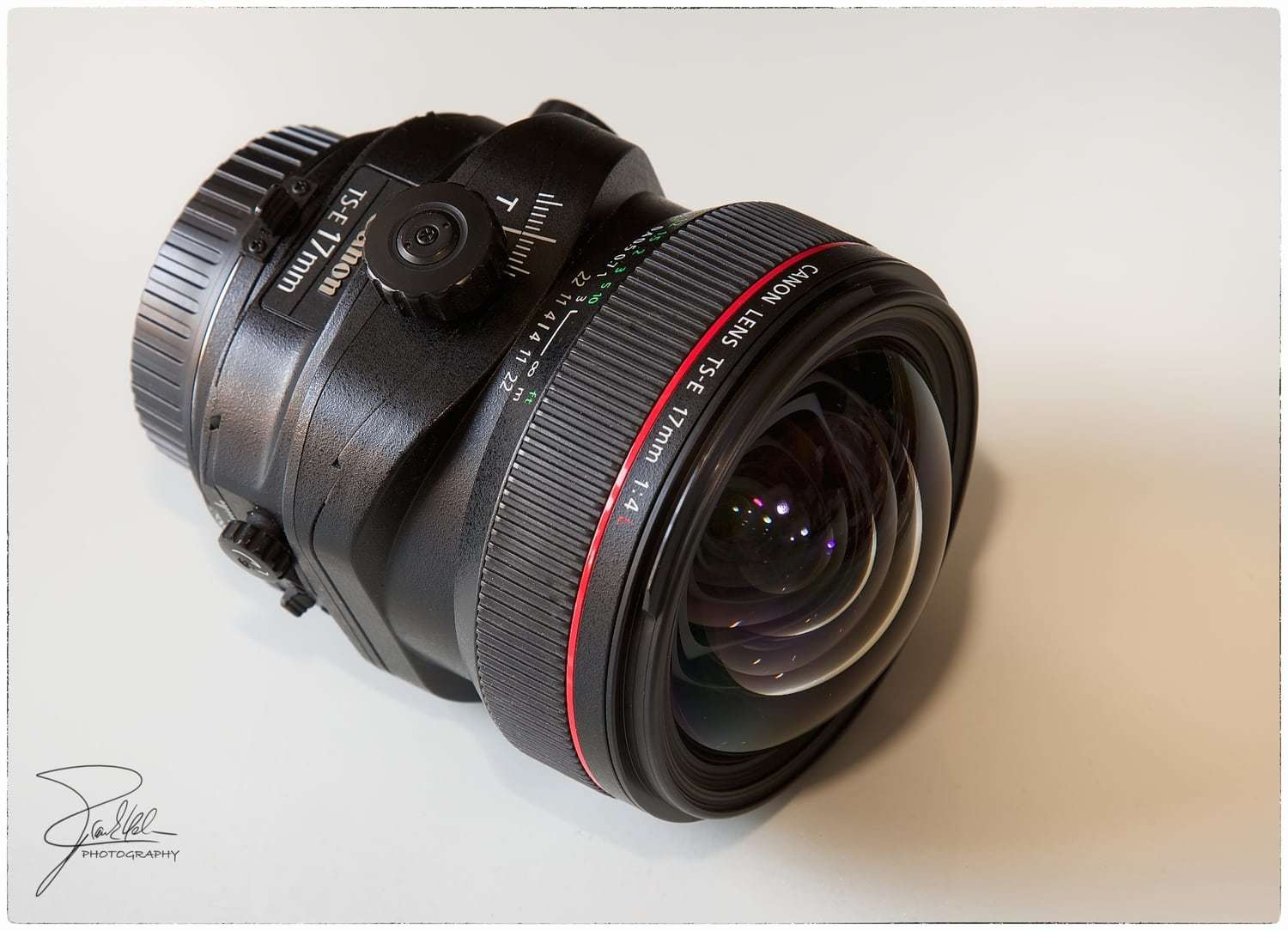It is very likely that you have ever heard or read something about decenterable lenses or about Tilt & Shift and you have been left with the question of what they are for. They are not objectives that are seen frequently, which does not help their popularity, so today we are going to dedicate an article to them, so that you get to know them and you can know if they are for you or not ? At least so that you don't have a face of #seatbutIhavenoideathatyoutalktome
These objectives have a clear use, they are designed for architectural photography. Now, does that mean that whoever is not dedicated to architecture cannot benefit from them? Of course not, they have other uses that we are going to see throughout this post. What is clear is that whoever is seriously engaged in this type of photography clearly needs one.
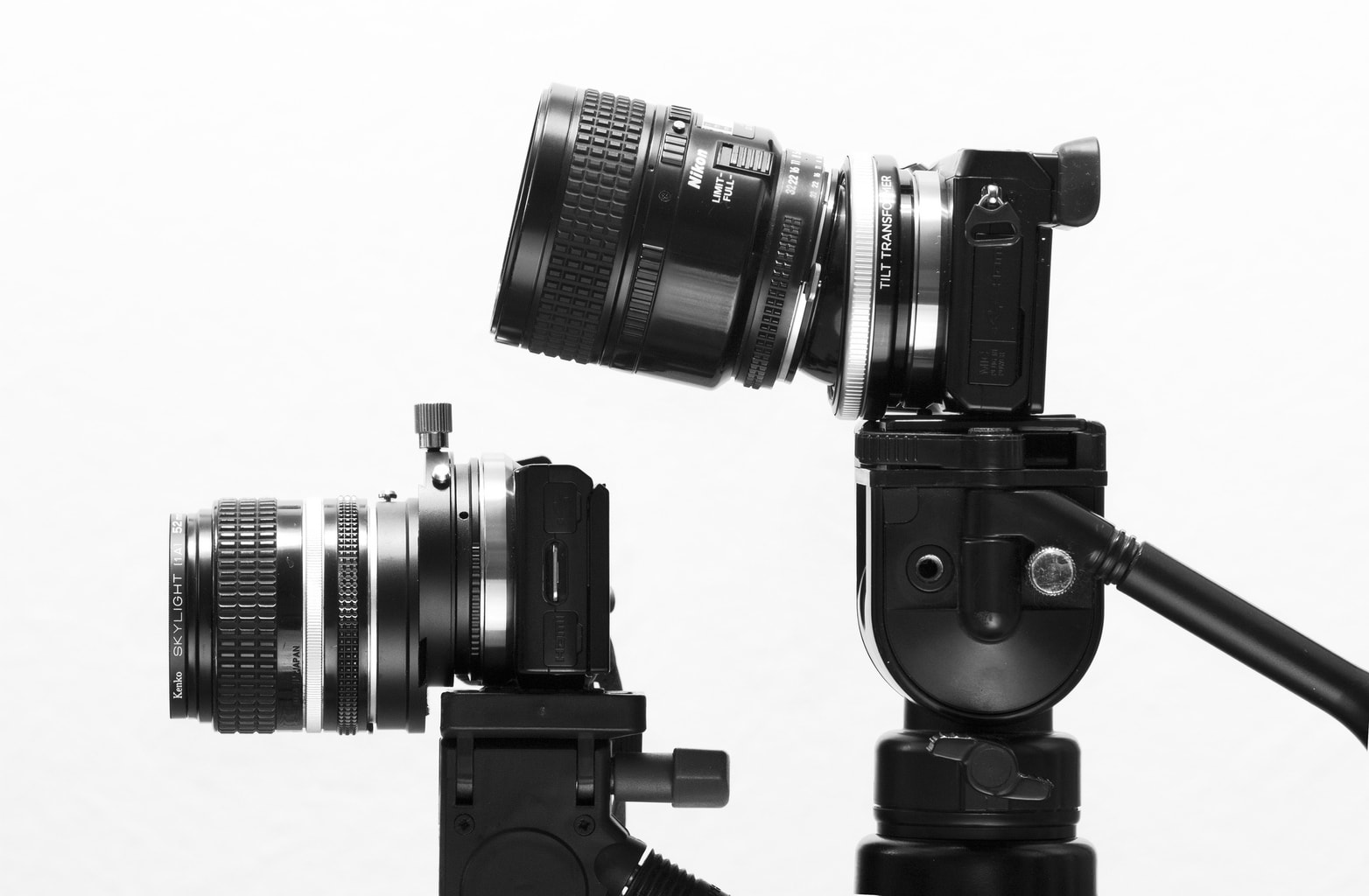
HOW DO THEY WORK?
If you've ever read about these lenses, you may have read or understood that they correct perspectives. Yes and no. If we talk about the result, yes, if we talk about the process, no. I explain. When you photograph a building that is too big or too close and from below, the position you are shooting from is not perpendicular to it, so in the end the lines tend to converge. If you manage to place the camera in a position completely perpendicular to the construction, no matter what lens you take the photo with, the lines can be completely straight. What happens is that this is very difficult in most cases, due to the size of the building, the space you have to move away, the focal length of your objective, etc. What these objectives do is change the plane of focus to avoid perspective deviations. Scrolling up or down can change the point of view without having to tilt the camera.
The decentrable objectives allow vertical movements and horizontal movements with respect to the optical axis. Lateral displacements allow you to achieve panoramic views and the fact of making a movement that is not parallel to the sensor allows a blur in different planes of the image, achieving that miniature or model visual effect. Let's take a closer look at both.
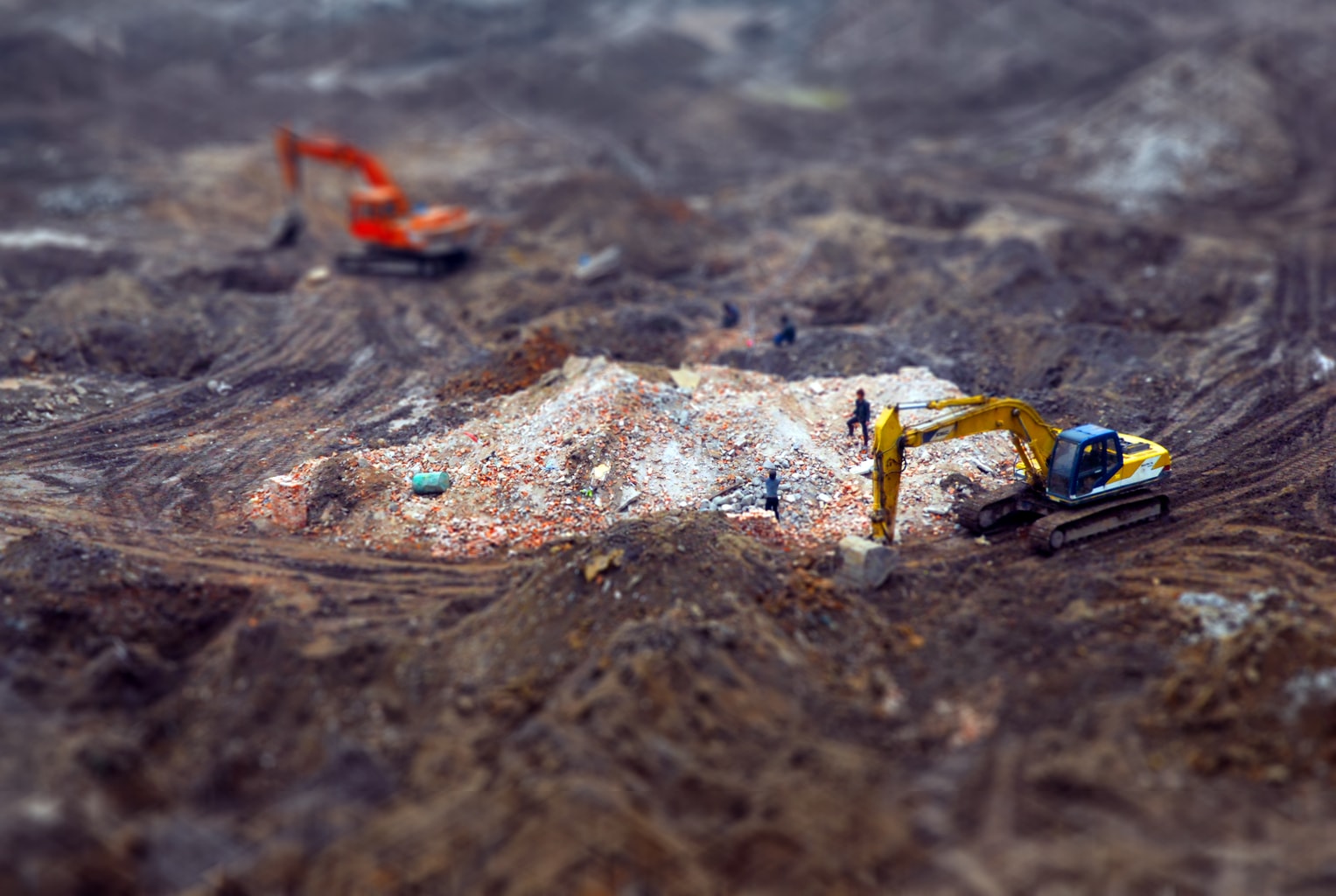
SHIFT MOVEMENT
The shift is a movement of the lens (vertical and horizontal) parallel to the focal plane that allows you to take different shots without moving the camera. In this way, panoramas can be created that are joined in post-production without problem of lines and without the need to correct any perspective.
It is not only useful for panoramas, as you have seen in the comparison of the photo above, moving the lens upwards allows you to capture straight lines, without distortion.
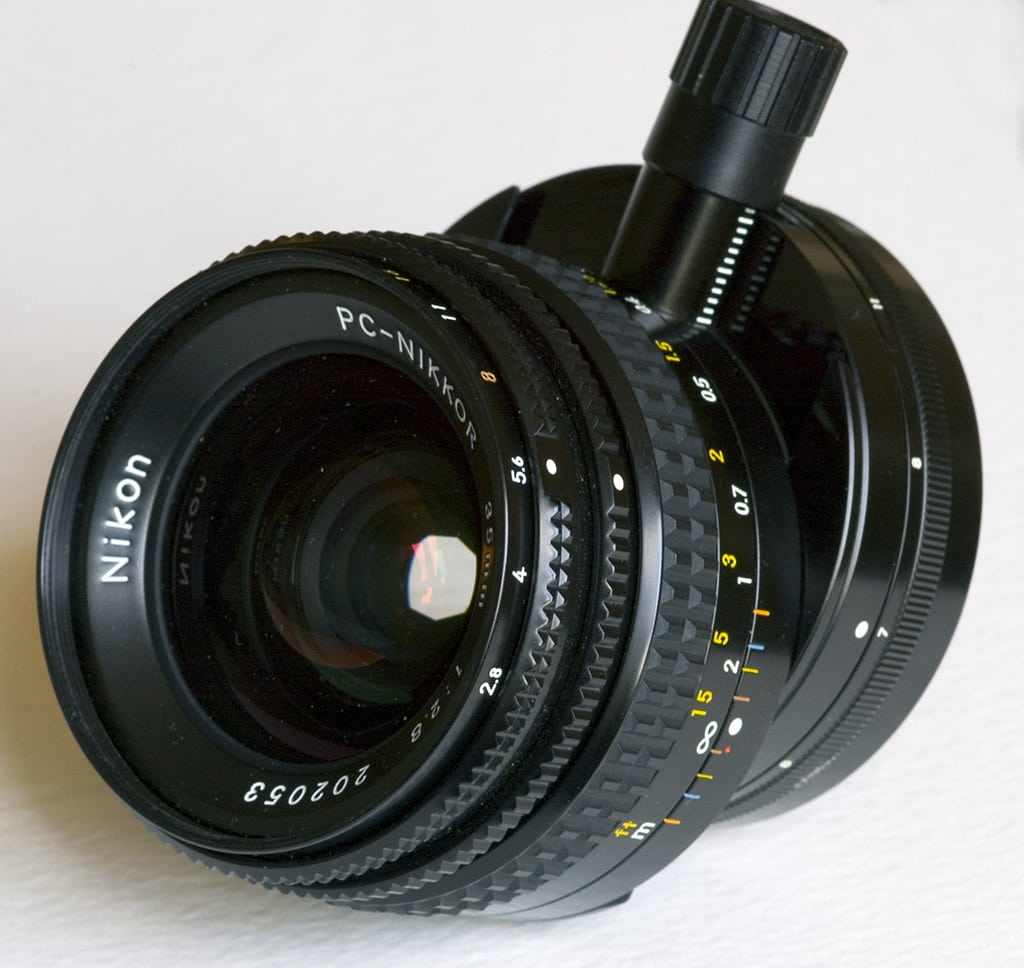
TILT MOVEMENT
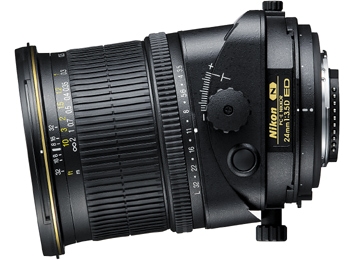
The Tilt or rocking movement is an inclined movement not parallel to the sensor. It does not affect the depth of field but it does allow you to fix the focus area at a specific point. To understand this, we would have to explain the so-called Scheimpflug Principle , but the idea is to make your task easier, not complicate it, so we are not going to go into these more technical details (you can expand the information on the net if you wish).
The important thing is that you know that this movement allows you to achieve photographs with a model or thumbnail effect. I leave you a very interesting video of this effect:
APPLICATIONS
Well, as I have told you, it is ideal for architecture but it is not only used in these cases.
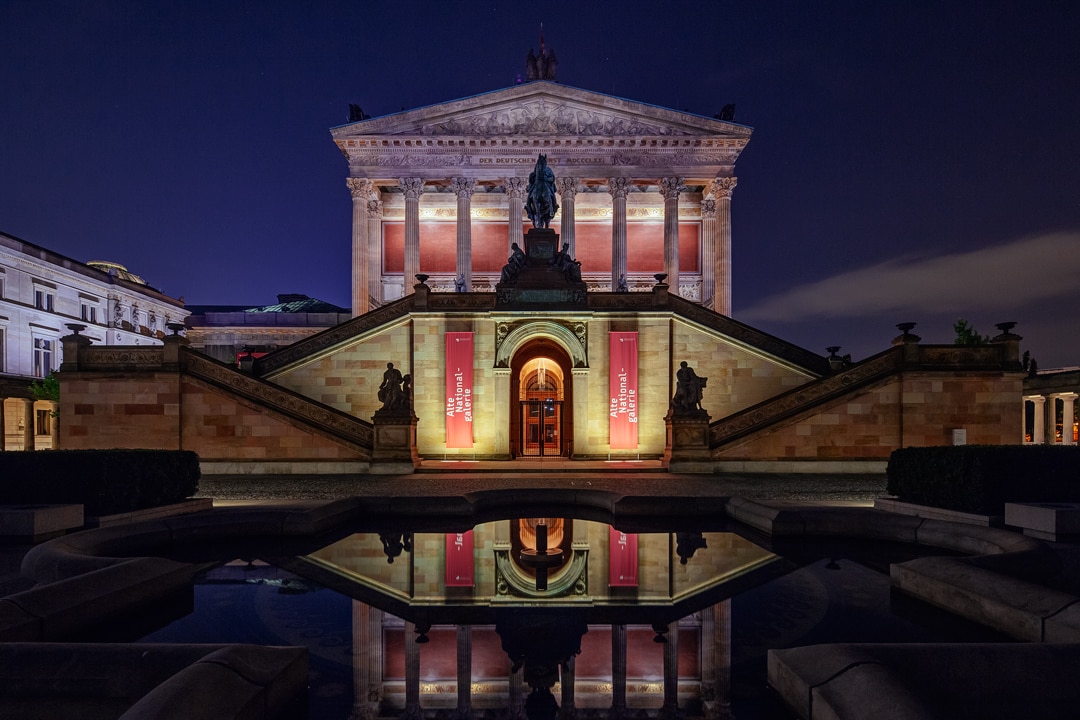
Here are other uses:
- Panoramics: I've already anticipated it, but panoramic views are not only limited to architecture ? . If you are passionate about panoramic, horizontal, vertical, city or nature views, this lens is waiting for you. In addition, with this objective you can achieve higher resolution panoramas with the consequent possibility of making large enlargements.

- Landscapes: Your urban landscapes will gain in impact with one of these lenses, although they are also widely used in nature landscapes, and even nature photography. Panoramic, blur and perspective are the three keys that come together to make it a desirable objective in this type of photography.
- Weddings: yes, yes, you read that right. Maybe you wonder what this objective will have to do with weddings, but wedding photography is no longer what it was, it has taken a giant step (luckily) and is now much more creative. With this objective, the most interesting effects can be achieved, for example, to achieve blurred parts of the image and not only as is achieved with the depth of field, but a more artistic approach, a blur by bands or uneven. Do not lose sight of this objective to give a different touch to a truly special day for its protagonists. Leave aside technical perfection and allow feelings to be the protagonists. Here are two examples:
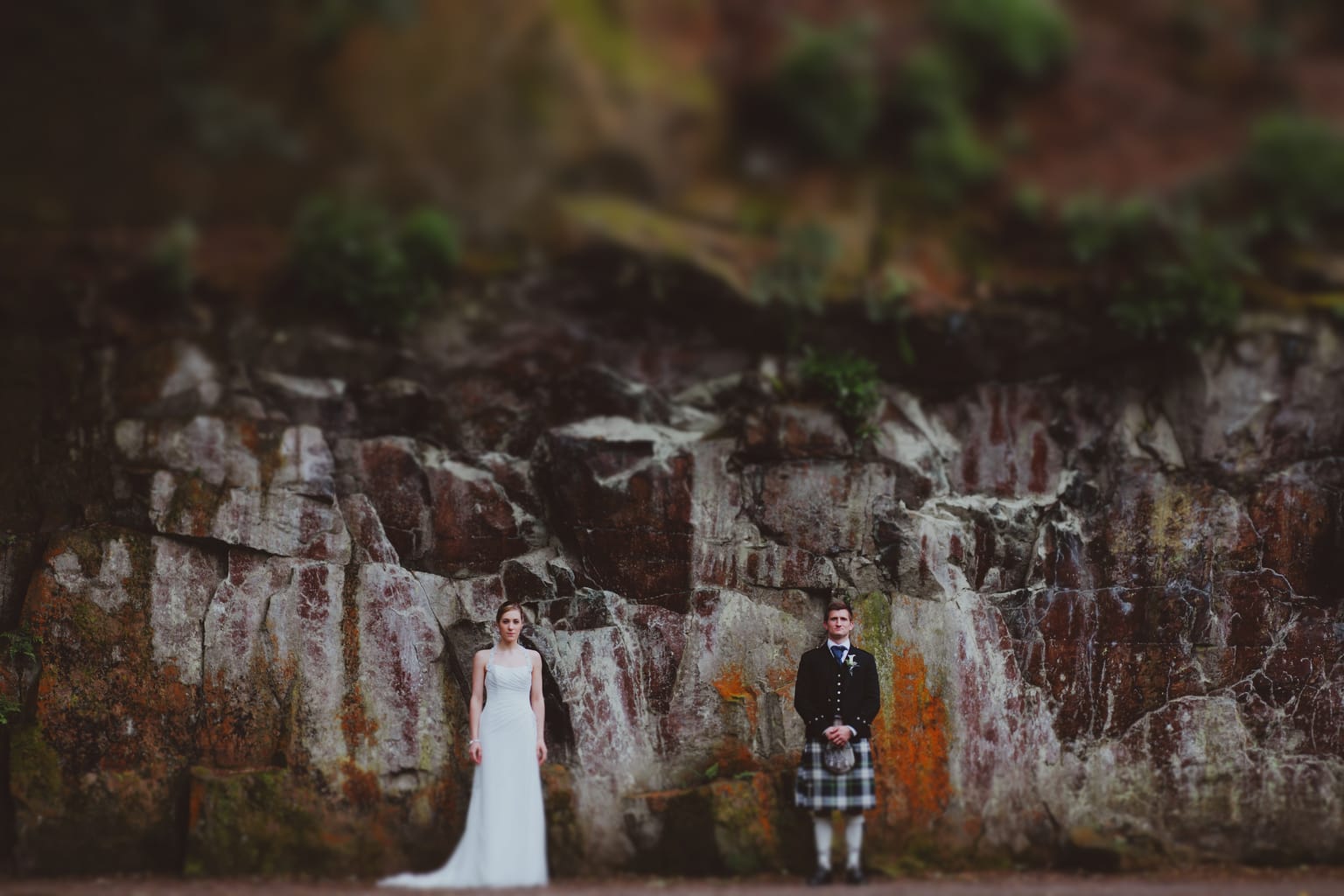
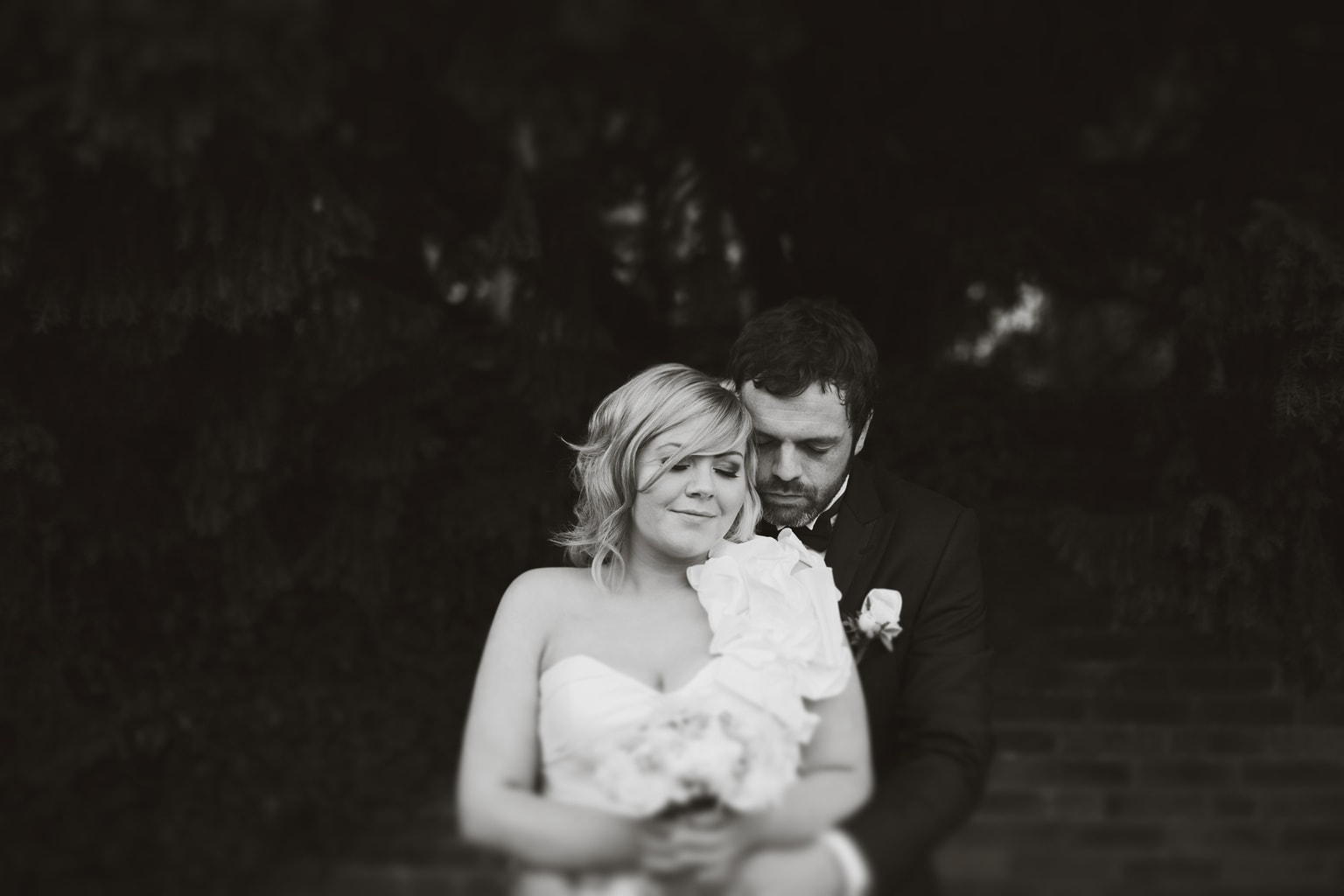
- Interiors: Architectural photography does not only focus on the exterior. Interiors and decoration also benefit from decentrable objectives. If you dedicate yourself to photographing interiors, you work for a real estate company or a decoration company, this objective should be part of your photographic equipment.
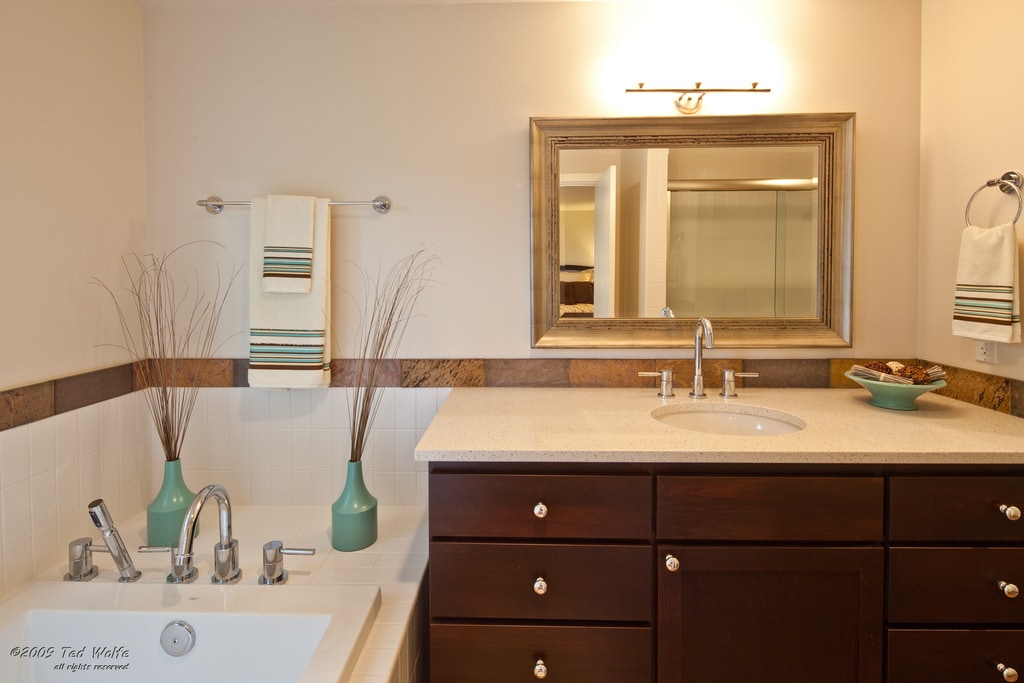
- Model effect: we have also discussed it. You can achieve that effect that has become so fashionable in miniatures or models with these objectives. That there are programs that imitate it, yes, but if you want something more professional, the result is completely different.
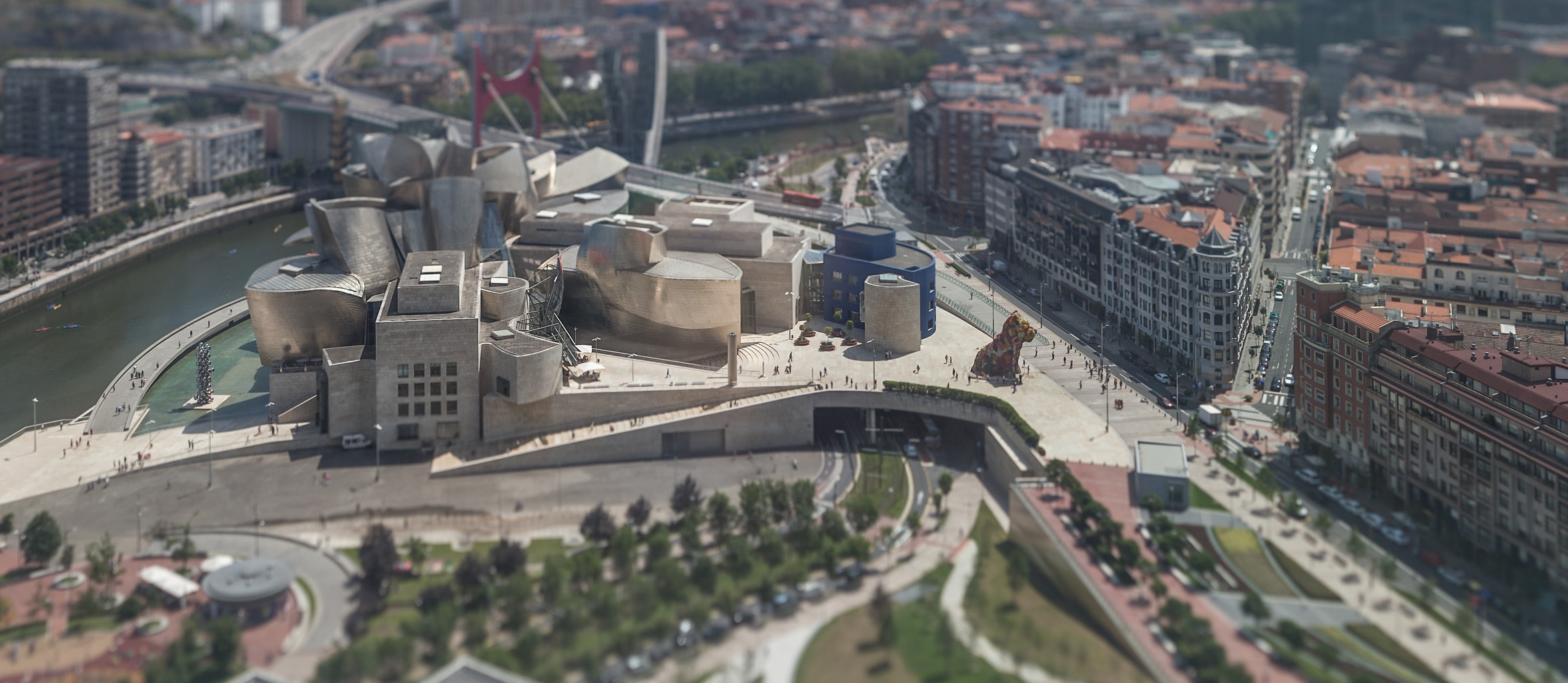
- Other uses: the imagination has no limit, surely with a lens of this type in your hands you will find many more uses, but I am going to give you another one that you may not have thought of. Especially when shooting indoors, you often can't avoid your reflection in a mirror, right? Well, this is something that you could avoid with this objective ?
And if you've been left wanting more, don't miss this gallery article with Tilt-shift images to fill you with inspiration.
WHY A DECENTERABLE LENS WHEN YOU CAN ACHIEVE IT IN PHOTOSHOP?
Normally you come to ask yourself this question. And the answer will depend mainly on the use you are going to give it. It is not the same as wanting to "fool around" with these effects, take a panoramic photo one day because it gives you the hoot or play for a while. If it is for that, obviously it is not worth buying a lens at this price. Now, if you're serious about it, Photoshop won't give you anywhere near the same results. The program will have to fill in gaps when it comes to correcting perspectives, you will have to work on perspective deviations when joining different images for panoramas, the blur will not have the same effect by far and you will not get photos with a resolution like the one you can achieve directly with a decentrable in panoramic, for example.
TILT & SHIFT OBJECTIVES
I present to you some of the decentrable objectives that you can find on the market.
As you will see, it is not an economic objective that you can buy just to play for a while, or as a first objective to go one step further after squeezing the one out of the kit . It is an objective for a very specific use, interesting, yes, but very specific. I have presented them to you, I have told you what they are for and I have told you about other somewhat lesser-known utilities, now it is up to you to decide if it is in your interests in the short, medium or long term or if it is something without which you can survive ;).

